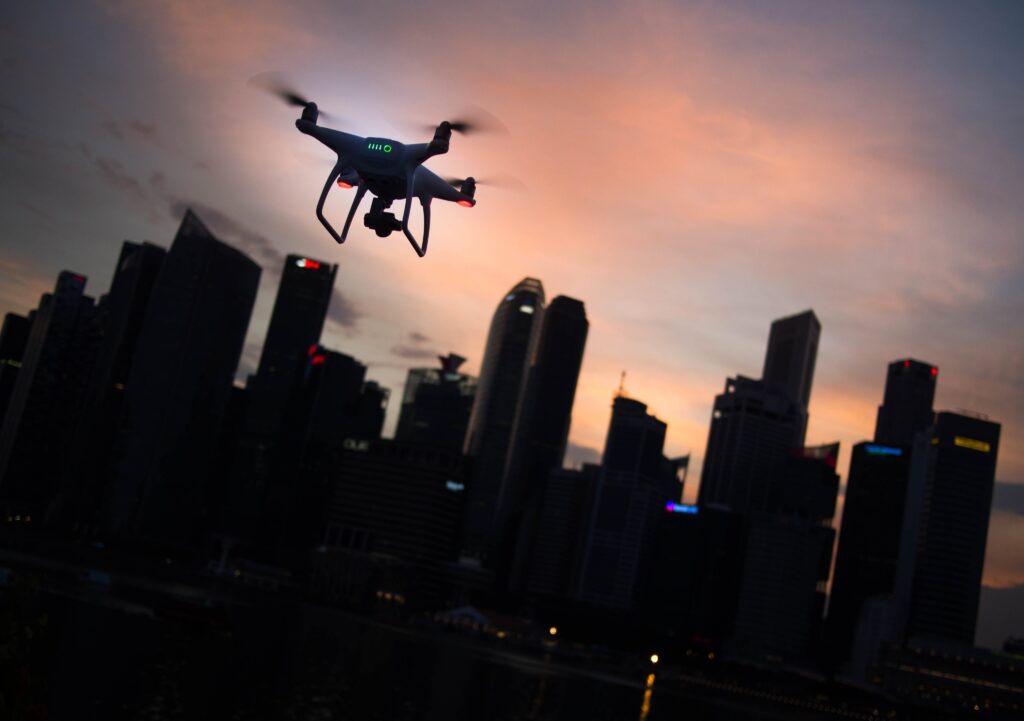In recent years, drone technology has taken the world by storm, revolutionizing various industries, including photography. Aerial imagery captured by drones has opened up new possibilities and perspectives in the field of photography. As technology continues to advance, the future of aerial imagery is set to be even more exciting. In this article, we will explore how technology is changing drone photography and what the future holds for this fascinating field.
High-Quality Cameras and Sensors
One of the most significant advancements in drone technology is the improvement of onboard cameras and sensors, not only benefiting drone photography but also extending to drone videography. Modern drones are equipped with high-resolution cameras and advanced sensors that allow photographers to capture stunning aerial images with unprecedented clarity and detail. As technology continues to evolve, we can expect even more powerful cameras and sensors to be integrated into drones, pushing the boundaries of both aerial photography and videography further. If you’re interested in exploring this exciting world, check out drone videography to learn more.
Advanced Image Stabilization
The steadiness of photographs and films taken while in flight has proven to be one of the difficulties in drone photography. However, extremely stable and smooth aerial photos are now achievable thanks to advances in image stabilization technology. This implies that photographers may still produce amazing shots under difficult circumstances like high winds. As a result, cinematic videography has greatly benefited from these advancements, allowing for breathtaking, fluid aerial footage. Even more sophisticated stabilization technologies may be seen in future drones, further improving the quality of aerial photography.
AI and Automation

Source: airviewgroup.com
Artificial intelligence (AI) is playing a significant role in the future of photography. AI-powered drones can now perform tasks such as object tracking, autonomous flight, and even image editing. This not only makes it easier for photographers to capture the perfect shot but also opens up new creative possibilities. As AI continues to improve, we can expect them to become even more intelligent and capable.
Extended Flight Time
The fact that most drones have a limited flight duration has been one restriction on drone photography. However, because of developments in battery science and energy-saving design, technology is resolving this problem. Longer flight durations for drones will enable aerial photographers to cover more ground and take more pictures in a single trip, increasing the effectiveness and productivity of aerial photography.
Enhanced Connectivity
Connectivity is another area where technology is making significant strides. Drones can now transmit live video feeds and data to remote locations in real-time. This has applications in various fields, from live broadcasting to remote inspection and surveillance. Improved connectivity will continue to expand the possibilities for aerial imagery.
Regulatory Challenges
While technology is advancing rapidly, the future of photography also faces regulatory challenges. Governments around the world are implementing strict regulations to ensure the safe and responsible use. Photographers will need to stay informed about these regulations and adapt to changing requirements to continue capturing stunning aerial imagery.

Source: newsroom.unsw.edu.au
Conclusion
In conclusion, the future of aerial imagery through drone photography is bright and promising. Technology is constantly evolving, enabling photographers to push the boundaries of what’s possible in capturing breathtaking aerial shots. With advancements in cameras, stabilization, AI, flight time, connectivity, and the ability to navigate regulatory challenges, the sky is truly the limit for drone photography.



